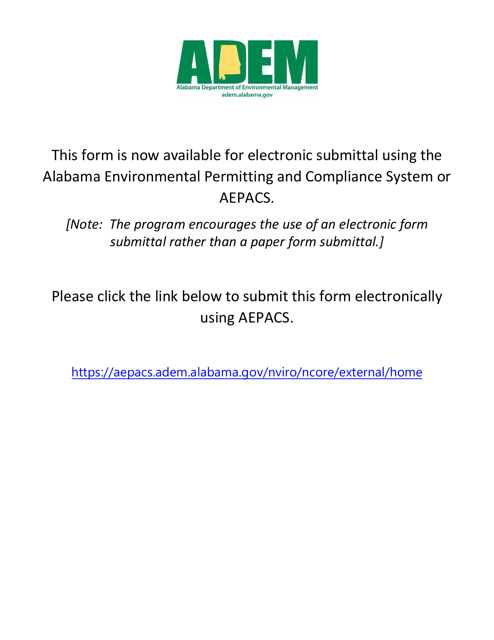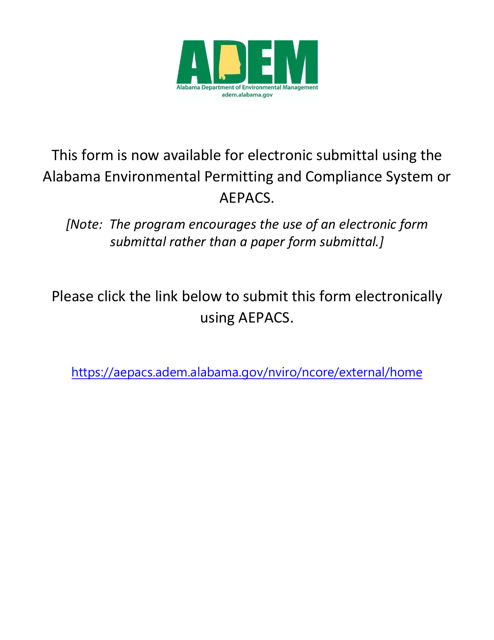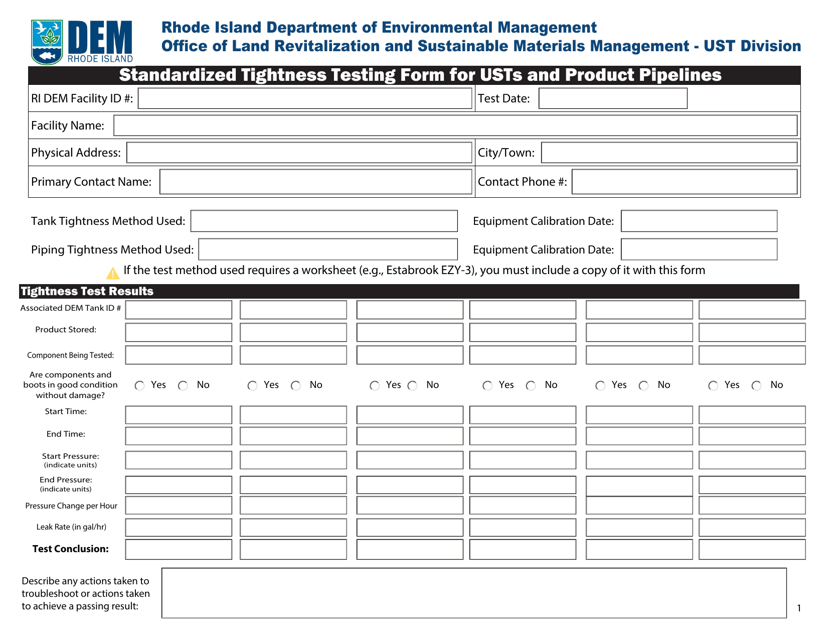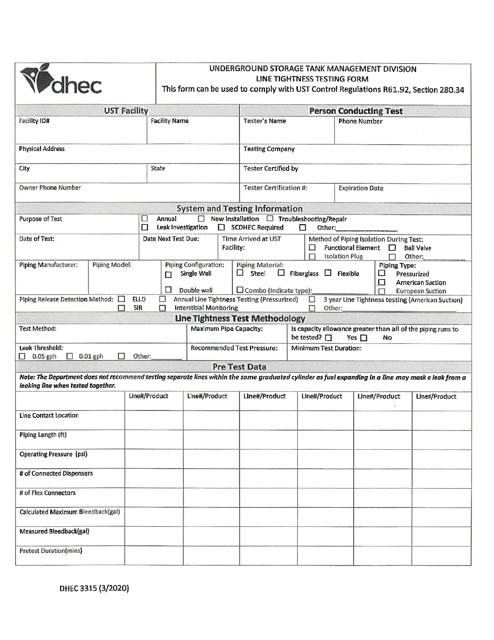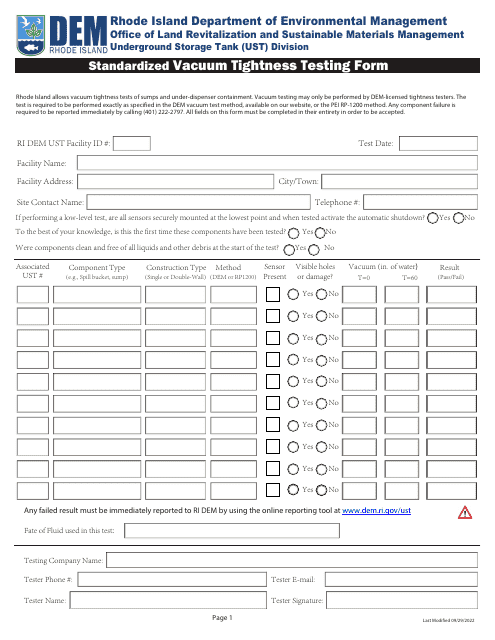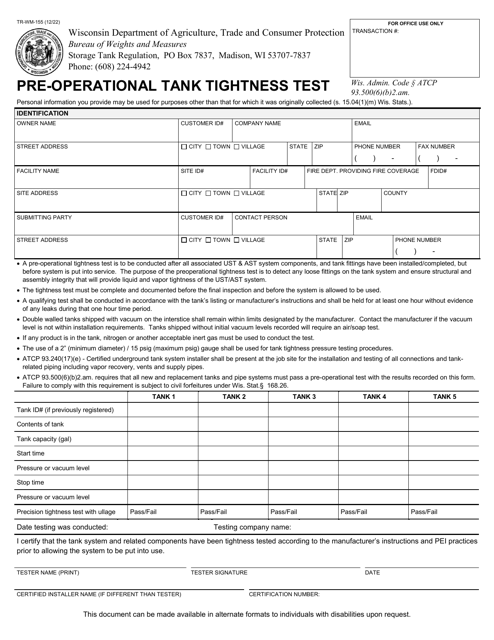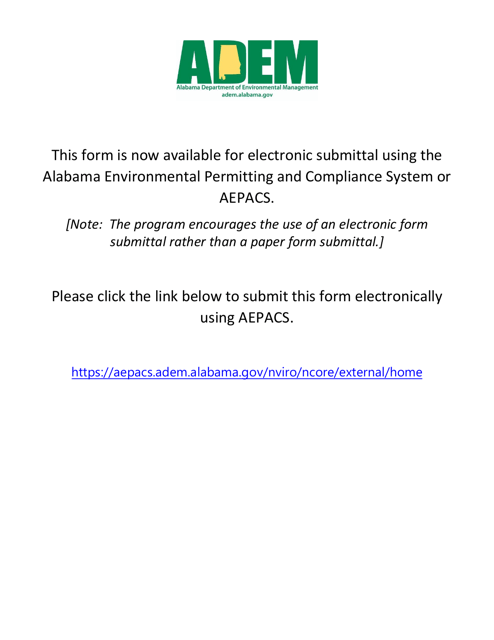Tightness Test Templates
When it comes to ensuring the integrity of tanks and pipelines, conducting a tightness test is crucial. Whether you refer to it as a tightness test, tightness testing, or a tightness testing form, the goal remains the same – to detect any leaks or faults in tanks and pipelines.
Our collection of documents related to tightness testing provides comprehensive and standardized forms for different regions and requirements. For example, in Alabama, we offer the ADEM Form 486 and ADEM Form 487, which are specifically designed for UST volumetric overfill and underfill tank tightness tests. These forms adhere to the guidelines set by the Alabama Department of Environmental Management (ADEM), ensuring regulatory compliance.
In South Carolina, the DHEC Form 3315 is available for line tightness testing. This document allows operators to effectively record and report the results of their tests, helping to maintain the safety and efficiency of their systems.
If you are based in Wisconsin, our Form TR-WM-155 is a valuable resource for pre-operational tank tightness testing. This form is designed to assist in verifying the integrity of tanks before they are put into service, ensuring that any potential issues are identified and addressed before they become more significant problems.
No matter where your operations are located, our collection of tightness testing documents is designed to meet your specific needs. From vacuum tank tightness test reports to various other forms, we provide a comprehensive selection of resources to help you maintain compliance and ensure the safety of your tanks and pipelines.
So, whether you require a tightness test form for USTs, line testing, or pre-operational verification, our documents collection has you covered. Trust in our standardized and reliable documents to support your tightness testing efforts and keep your systems running smoothly.
Documents:
9

